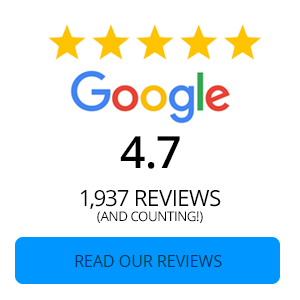You applied for a mortgage and were offered an interest rate of 5.5%. A year later, your friend applied for a mortgage from the same company, for a similar house in the same neighborhood, and was offered a rate of 4%. What gives? The cost of borrowing money, interest rates can be fickle things. Understanding why rates rise and fall and why some loans offer much lower (or higher) rates than others can help you see if you're getting a good deal the next time you need to borrow money.
Understanding Interest
A number of factors determine the interest rate you are offered on a loan, some of these factors are within your control and some aren't. Let's start with the factors beyond your control: The Federal Reserve. As Bankrate notes, the Fed often lowers interest rates when the economy is struggling, to keep inflation from spiraling out of control and to make borrowing money more affordable. In good times, the Fed can raise rates. It's a case of supply and demand. When there's trouble in the economy, fewer people want to borrow money or buy things, so interest rates drop to make that more appealing.
The type of loan you're considering also affects your interest rate. Some loans are secured, meaning there is collateral (such as a house or car) to back them up. If a borrower stops making payments on the loan, the lender has the option of repossessing the car or home. Unsecured loans, such as personal loans or most types of credit card, are riskier for lenders, since there is no collateral. You tend to see lower rates on car loans and mortgages than you do for credit cards or personal loans for that reason.
The length of the loan also affects the rate charged. Often, the longer the term, the higher the interest rate. For example, you may tend to see higher rates for 30-year mortgages than for 15-year terms, for example.
Finally, your history influences the interest rate you are offered. Financial institutions will look at your credit score and that can have an impact in determining your interest rate. Each financial institution has different policies that determine the weight of your credit score. If you have a history of missing payments or not paying at all, the financial institution may charge more to protect itself in case you end up defaulting on the loan.
What is a Good Rate?
It can be difficult to say what a "good" interest rate is, and that's because rates change frequently. If you plan on applying for a loan, it can be helpful to look at the average interest rates currently being offered for the type of loan you want. For example, average rate on a 30-year fixed mortgage in May 2016 was 3.58%, according to data from the New York Times.
If you get an offer that is significantly higher than average, you can shop around or take the time to figure out why. It could be that your credit score is causing the financial institution to view you as higher risk or that the lender has a history of charging higher-than-average rates.
Also, check to see if the rate offered is fixed or variable. Variable rates often seem lower, but there is the risk that they will go up at the end of the rate term. Fixed rates stay the same for the life of your loan.
Figuring Out Your Interest Costs
Now that you know the basics of interest rates, it's important to understand what interest actually costs. How much interest you actually pay on a loan depends on how that interest accrues. When you look at a mortgage with a 5% rate, for example, you might assume that the interest accrues yearly, meaning you pay 5% on the principal, each year you have the loan. But, many rates accrue monthly or even daily. Therefore, the interest is added to the principal of the loan at the end of the month or at the end of the day.
- For example, a 15-year mortgage of $250,000 with a daily accruing interest rate of 5%.
- Divide the interest by 365 to get a daily rate of .0136986%.
- Multiply that rate by the $250,000 principal amount to figure out what the daily interest would be - $34.25, or $1,061.64 per month.
That means you need to pay at least that amount each month to keep the amount you owe on the mortgage from increasing. To pay your loan off in 15 years, you'd need to make payments of roughly $1,976.98 each month. Although the amount you'd pay in interest would start out being more than $1,000 per month, over time, as you paid the principal off, the amount of interest you'd pay would fall and the amount of your payment going to the principal would increase.
Paying interest is a part of borrowing money. To find out what rates and types of loans are available to you, get in touch with Coosa Valley Credit Union today. We offer a variety of loan programs, from car loans to personal loans.

